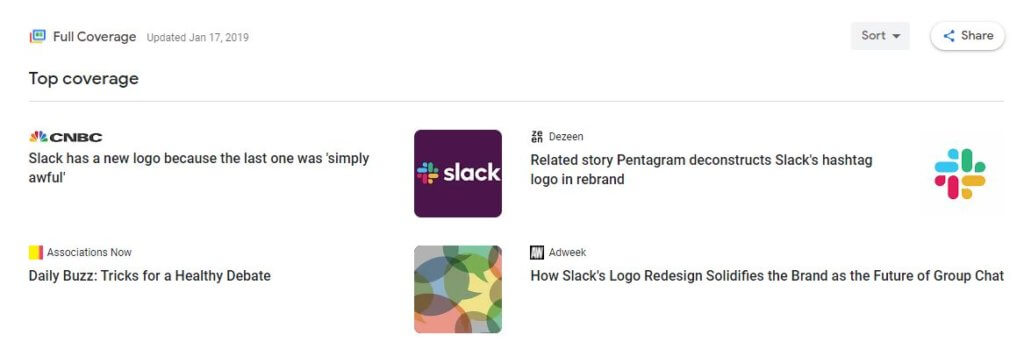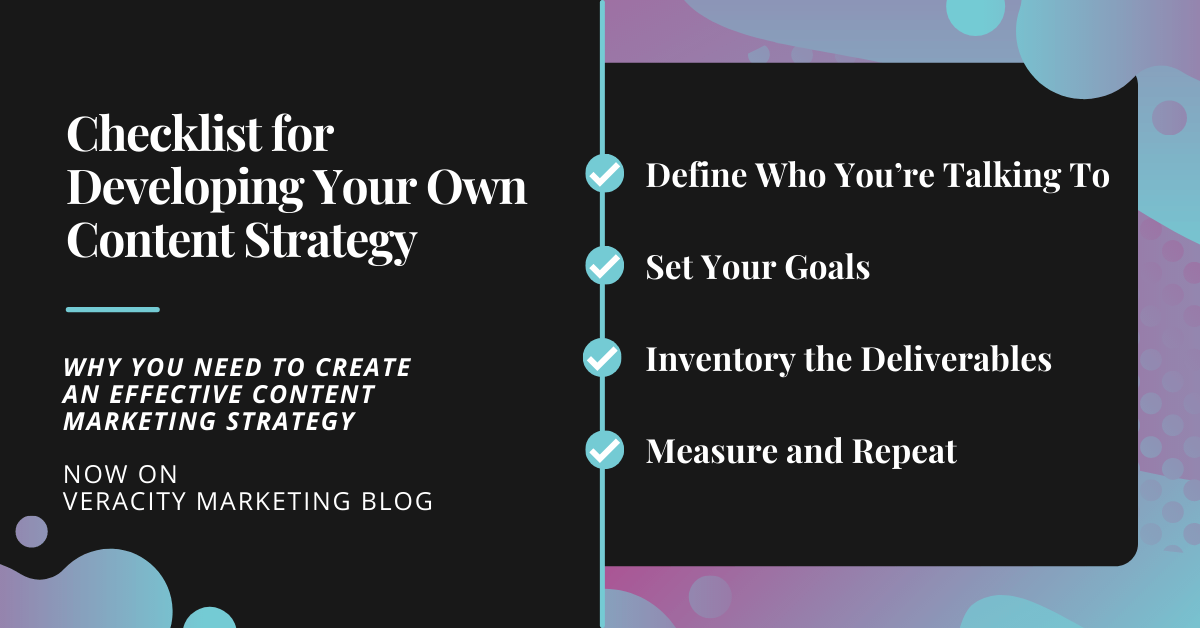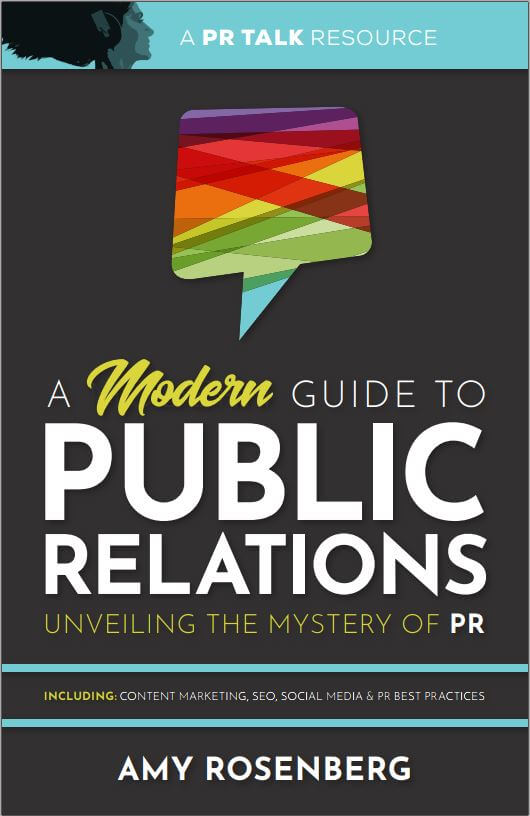Way back in 1996, when the internet was still in its infancy, Bill Gates wrote what has now become a famous essay entitled, “Content is King.” In this essay, the Microsoft founder described the future of the internet as a place to distribute and monetize content. “.. [T]he broad opportunities for most companies involve supplying information or entertainment,” he wrote. “No company is too small to participate.”
Gates’ essay is so well known because his predictions proved to be remarkably accurate. Twenty-five years later, the internet is awash in podcasts, videos, blog posts, songs, photographs and anything else that can be digitized. Much of this content is free. However, many creators and corporations have figured out how to leverage their talent and available tools to sell content online. What’s more, internet users have shown a near-endless appetite for this material. From searching how-to videos on YouTube, streaming the latest release on Spotify, or reading someone’s take on the day’s political news, billions of hungry eyes are eager to consume relevant content.
What is Content Marketing?
It didn’t take long for digital marketers to use these online tools to produce content for their clients. Unlike digital marketing, which is a more overt attempt to sell products or services, content marketing distributes information using digital platforms to build community and brand affinity or help people make decisions.
Let’s consider skis, for example. Where digital marketing uses tools like search engine marketing and social media advertising to sell someone a pair of skis, content marketing attempts to create an experience around skiing or mountain adventures, while still pursuing traditional marketing goals. This could be through explainer videos that teach consumers how to maintain tune their skis or an infographic that helps someone choose the type of skis that are right for them. Content marketing aims to create material users find valuable so they’ll associate those positive feelings with a particular brand when they eventually make a purchase decision.
Content marketing is a popular technique in business-to-business marketing campaigns, where traditional digital marketing tools are less useful. Companies can accelerate prospects through their sales funnel by creating content that explains crucial products or anticipates potential customer’s questions or objections.
Examples of Content Marketing
This technique is as old as marketing itself. However, content marketing has become increasingly popular as more and more of our daily activities move online. Over the years, some companies have found very clever ways to send their brand messages using the approach.
In 2015, the Unilever-owned brand Dollar Shave Club launched Mel, an online magazine that focuses on lifestyle and culture topics from a man’s perspective. While Mel targets the same audience as Dollar Shave Club, it doesn’t sell razors. Instead, it’s become a respected outlet for thoughtfully written content with a distinct voice. While Mel is now its own company with a dedicated website, some of its content is cross-published on the Dollar Shave Club site, which shows how versatile this kind of content can be.
Content marketing isn’t only about writing. Search the free stock photo site Unsplash for home office images, and you’ll find a series of photographs provided by Dell’s XPS brand of laptops. These images feature sleek and modern workspaces that any home office warrior would covet, with the sleek and modern XPS laptops front-and-center. Every blogger or web developer understands the value of free stock photography. In this instance, XPS has found a way to harness that built-in demand and provide helpful solutions that also happen to send a strong brand message.

Photo by XPS on Unsplash
The goal of these two examples is not to make a conversion. Instead, they associate a brand with an attractive aesthetic, relatable point of view or aspirational identity. When a purchase decision comes further down the line, it will hopefully be informed, in part, by the content the buyer consumed up until that point.
How Can Content Marketing Drive Public Relations?
Public relations professionals can use content marketing techniques to drive public opinion or sentiment in the same way marketers use content to drive customer behavior. In early 2019, Slack, the popular workplace messaging app, revealed an extensive logo redesign that was met with… mixed reviews. As part of the launch, Slack published a piece of content on its website explaining the very practical reasons why the change was so necessary. Even though not everyone appreciated the new logo design, Slack’s rationale for the change was widely cited by the media. As a result, their content marketing had driven extensive media coverage (see Google News results) including links from 392 domains.

Media Coverage for Slack via Google News
Fifty years ago, a leading business automation company likely would have issued a press release explaining a significant brand change. Today, companies can steer the conversation through carefully created talking points while achieving better results using tools like a company-owned blog and social media channels.
It doesn’t take controversy for content marketing to be a successful PR strategy. PR experts can take day-to-day content like blog posts, videos, white papers, podcasts and more, and break them into smaller, more digestible pieces they can use in many different ways. When done correctly, content marketing creates flexible assets that sales, marketing and PR professionals can use to bring more attention to your brand. It only requires an overarching strategy that guides those efforts
Utilizing Your Team to Create a Winning Content Marketing Strategy
Fortunately, you don’t have to be Unilever or Dell to develop an effective content marketing strategy. Instead, you need a focused approach that defines your audience, goals, and deliverables. Here are a few things to consider as you begin developing your own content strategy:
Define Who You’re Talking To:
Every piece of content you create should begin with its audience in mind. Start by defining your audience and the solutions you’re trying to provide.
Set Your Goals:
Next, define what you want to accomplish with your content. This step will inform how you distribute what you produce and the tools you’ll use to measure success.
Inventory the Deliverables:
There’s no need to reinvent the wheel. If you don’t have the time or resources to produce videos, don’t try and force it. Instead, assess your company’s strengths and create content that aligns with what you’re best at.
Measure and Repeat:
Track your content marketing efforts and draw on those results to improve whenever possible.

Of course, not every company has the in-house resources necessary to undertake a fully realized content marketing strategy. In these instances, organizations may look to outside marketing or PR agencies to fill in the gaps or lead content marketing efforts. Under these circumstances, companies will get the best results by treating third-party agencies as full-fledged team members who are just as invested in the company’s success as its employees are.
“No Company is Too Small to Participate”
Just as Bill Gates predicted all those years ago, any company can benefit from a thoughtful content marketing strategy. In the age of content, your corporate voice is a vital component in relaying your brand message and value proposition to potential customers. Because without it, consumers will certainly get the information they’re seeking somewhere else.









